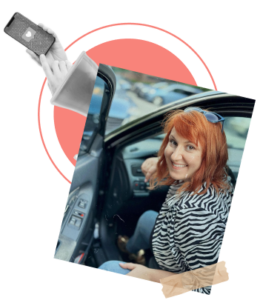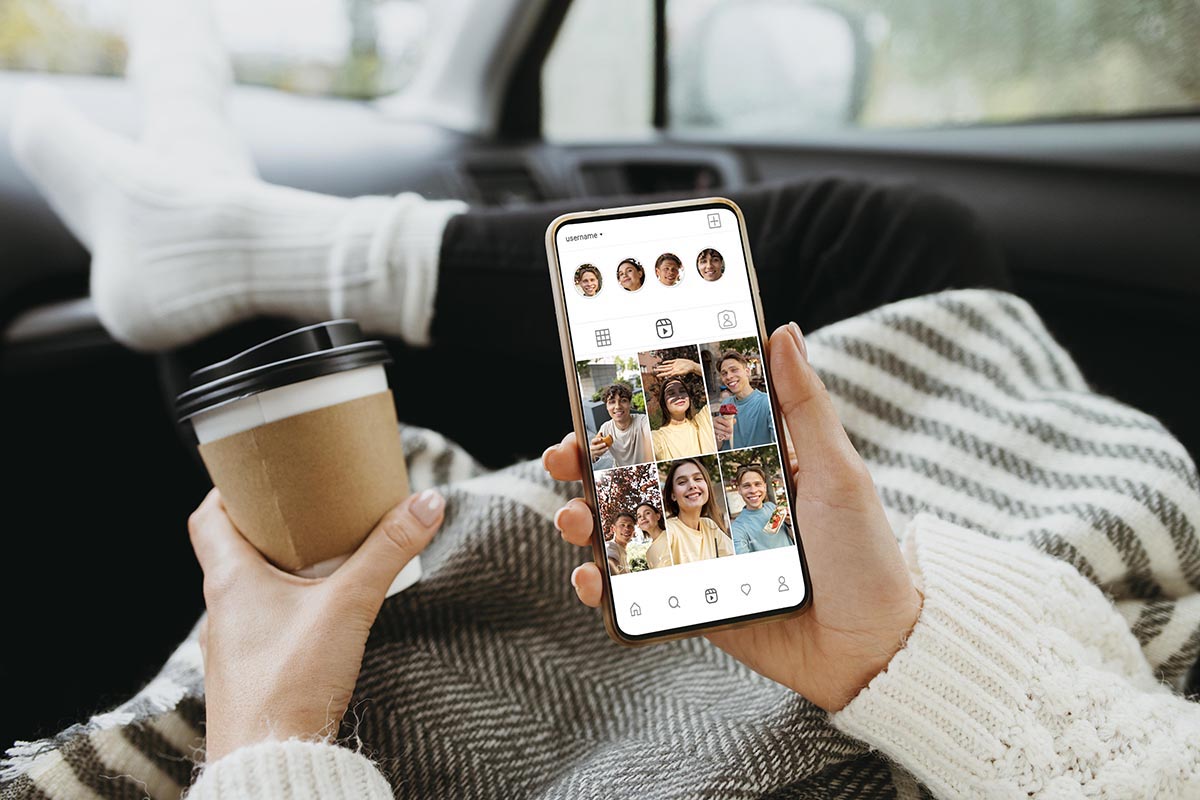Smart Blog Promotion in 2025: Strategies That Still Work (and Why Most People Miss Them)
Key Points
Classic tactics still work in 2025 — but only when done with intention, emotional awareness, and deep audience insight. It’s not about the method — it’s about how well you connect through it.
Surface-level content is dead. People crave real experiences, layered storytelling, and useful depth that AI can’t fake — especially in long-form and guest content.
If your blog isn’t part of a bigger storytelling funnel, you’re leaving connection (and conversions) on the table. Every piece of content should guide the reader somewhere meaningful — from curiosity to trust to action.
If you ask me whether you should start a blog in 2025 to drive traffic — I’d say no.
Not unless you’re ready to go deep.
Because casual content doesn’t cut it anymore. Not with AI everywhere. Not with everyone trying to “rank.”
But if you’re willing to truly understand your audience — how they think, what they’re afraid of, what they secretly hope for — then yes, blogging can still be one of your most powerful tools.
The difference? In 2025, you need more than writing skills.
You need:
- A solid grasp of human psychology;
- The ability to conduct real market research;
- And the commitment to use deeper keyword research tools that surface real intent — not just search volume.
This is how you create content Google now considers “helpful”
And it’s also how you connect with people in a way that earns trust.
Is it a lot of work? Absolutely. But so is building anything that lasts.
And if you want to truly outthink your competition, you need to stop marketing like a content machine — and start building storytelling funnels that pull people in emotionally, not just strategically.
This is where quantum marketing thinking comes in — showing up across platforms with intentional, emotionally grounded messaging that meets your reader in the right state of mind.
Let’s talk about the updated versions of these “old” tactics — and how you can make them work for real in today’s landscape.
Forum Posting (Now: Niche Community Building)
This isn’t about dropping links in old-school threads.
In 2025, it’s about finding your niche’s hangouts — whether that’s Reddit subs, private Slack communities, Discord groups, or niche Facebook communities — and becoming a known voice there.
When you show up in spaces where your dream audience is already talking about their problems, and you answer with insights, not sales pitches — that’s influence.
✅Example: If your blog is about trauma-informed coaching, show up in coaching groups where people ask tough questions. Share a 3-sentence story from your experience, then link to a blog post that digs deeper. That’s value — not spam.
✅Extended Tip: Treat each community like its own ecosystem. Don’t just copy-paste your message across platforms. Learn the tone, the language, the etiquette — and respect it. Think of yourself as a contributor, not a promoter.
✅Extended Example: A sustainable fashion blogger can join eco-living subreddits and share useful tips on thrifting, sustainable brands, and capsule wardrobes — while linking to posts only when it adds context.
There are advertising agencies like KW2 that can help with this and is more information from KW2 on their website.
Longer Content (Now: Depth that Builds Trust)
Everyone’s obsessed with short content — and yes, it has its place.
But in 2025, when AI can write a 500-word listicle in 3 seconds, people are craving depth, honesty, and real perspective.
Long-form content — when done right — is your way to:
- Build authority;
- Rank higher in search;
- Create storytelling funnels (guides → how-tos → product/service.)
✅Example: Blogs like Wait But Why or Mark Manson don’t win because they’re long — they win because they go deep. Your long posts should feel like a conversation, not a textbook.
✅Extended Tip: Use long-form posts to address layered pain points — from beginner confusion to advanced strategy. Make it easy to scan, but rich in insight.
✅ Extended Example: A productivity blogger could write a 3,000-word guide titled “Why Your To-Do List is Killing Your Focus (And What to Do Instead)” — breaking it into real-life scenarios, stories, and plug-and-play tools.
Newsjacking (Now: Timely, Emotional Relevance)
People want to feel like your blog gets what they’re going through — right now.
Newsjacking in 2025 isn’t just about speed. It’s about emotional timing.
- What’s everyone in your niche feeling this week?
- What are they scared of, frustrated with, or dreaming about?
- How can you tie your expertise into that moment?
✅Example: If you run a wellness blog, instead of just reporting on the latest study, write: “What the new burnout data says about how we’re living — and what I did to break out of the spiral.”
✅Extended Tip: Set up alerts for industry-specific news or trends (via Google Alerts, Twitter trends, and niche forums) and respond with your unique lens.
✅Extended Example: A travel blogger could write, “Why Solo Travel Is Surging in 2025 — and How to Plan Your First Trip Safely,” right as new safety regulations are announced.
Guest Blogging (Now: Authority Borrowing + Story Partnerships)
Guest blogging still works — but it’s no longer about random backlink swaps. In 2025, it’s about borrowing the authority and audience of blogs that your dream readers already trust.
You’re not just writing to get a link — you’re inserting your story into someone else’s trusted space.
✅Example: If you’re a marketing strategist, pitch a guest post to Later.com or MarketingProfs — not with a keyword article, but with a case study story like: “How I Helped a Burned-Out Creator Build a 6-Month Content Funnel Using Their Own Words.”
✅Extended Tip: Think long-term collaboration, not one-off posts. Offer to write a follow-up, contribute to a roundup, or co-create a lead magnet.
✅Extended Example: A food blogger can guest post on a wellness site with “The Gut-Health Breakfast Routine That Changed My Skin” — with a free downloadable recipe pack linked in their bio.
The Real Secret: Build a Storytelling Funnel
No matter which tactic you use, your blog traffic will only grow if your message leads somewhere.
That’s where storytelling funnels come in. They turn casual readers into subscribers, and subscribers into believers.
Here’s the flow:
- Blog Post: Solve a problem and share a personal story
- Lead Magnet: Offer a tool or guide that continues the story (PDF, checklist, video)
- Email Series: Tell the deeper story and lead to your service or offer
That’s how you stop being “just another blog” — and start building something people come back to.





















